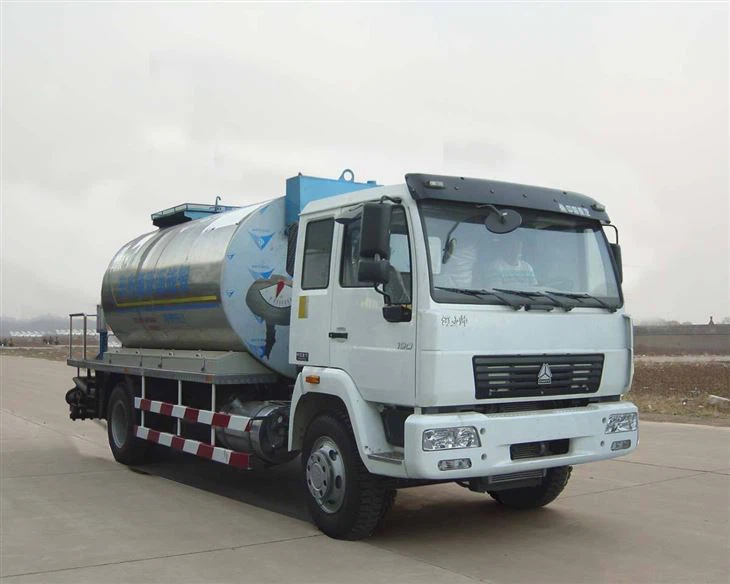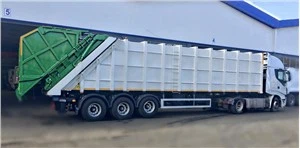Ultimate Guide to Vehicle Extrication Tools: Enhancing Rescue Operations

Vehicle extrication tools are essential for first responders and rescue teams to safely and effectively extract victims from automobiles involved in accidents. The right tools can make a significant difference during critical rescue operations. This comprehensive guide will explore different types of vehicle extrication tools, their applications, features, and practical tips to enhance their use in emergency situations.
Understanding Vehicle Extrication Tools
Vehicle extrication tools are specialized devices used by emergency personnel to free trapped individuals from vehicles after accidents. These tools must be reliable and efficient to minimize the risk of harm to victims during the extraction process.
Types of Vehicle Extrication Tools
1. Hydraulic Tools
Hydraulic tools are among the most powerful extrication tools available, utilizing hydraulic fluid to generate force.
- Spreaders: These tools are designed to spread open crumpled vehicle frames, making it easier to access occupants.
- Cutters: Used primarily for cutting through solid metals in a vehicle, such as doors and roofs.
- Rams: Designed to push or pull objects and create space for rescue operations.
2. Pneumatic Tools
Pneumatic tools use compressed air for operation. They are lighter than hydraulic tools and are useful in situations where hydraulic tools may be too heavy or cumbersome.
- Air Bags: These can lift heavy vehicles off trapped individuals or compress the vehicle to create space.
- Air Wrenches: Helpful for removing bolts and connections quickly.

3. Manual Tools
While less commonly used than powered tools, manual tools remain critical for certain situations.
- Pruning Saws: Ideal for cutting through smaller sections of metal or plastic.
- Hand Tools: Items like hammers, crowbars, and pry bars play essential roles in extrication efforts.
Features to Consider When Selecting Extrication Tools
When choosing vehicle extrication tools, professionals should consider the following features:
1. Weight and Portability
Tools must be lightweight and portable for easy transport and maneuverability at the scene.
2. Power Source
Evaluate whether the tool is hydraulic, pneumatic, or battery-operated to ensure it aligns with the operational needs.
3. Durability
Tools should be rugged and made of high-quality materials to withstand harsh conditions.
4. Ease of Use
Consider how user-friendly the tools are; they should allow for quick operation under pressure.
5. Maintenance Needs
Tools with easier maintenance requirements allow teams to keep equipment ready for use at all times.
Common Applications of Vehicle Extrication Tools
Vehicle extrication tools have a variety of applications in emergency situations. Some common scenarios include:
1. Car Accidents

During car accidents, extrication tools allow responders to quickly free drivers and passengers trapped in damaged vehicles, reducing their injury risk and saving lives.
2. Collisions Involving Large Vehicles
In crashes with larger vehicles, such as trucks or buses, specialized tools are often needed to handle the extensive damage and provide adequate access to occupants.
3. Cribbing Operations
In cases where vehicles are overturned or unstable, tools are used to create barriers or supports to stabilize the vehicle for a safe extrication process.
Best Practices for Using Vehicle Extrication Tools
1. Assess the Scene
Before deploying any tools, assess the accident scene for hazards like fuel leaks, electrical wires, or unstable debris.
2. Establish a Rescue Plan
Prioritize safety and develop a structured plan before initiating extraction. Ensure all team members understand their roles.
3. Use the Right Tools for the Job
Choosing the appropriate tool based on the vehicle’s condition can streamline the extrication process and improve safety.
4. Communicate Effectively
Establish clear communication among team members to expedite the extraction process and ensure everyone is aware of potential dangers.
5. Conduct Regular Training
Frequent training will ensure that all personnel are proficient in tool operation and are prepared for unpredictable scenarios.
Maintenance of Vehicle Extrication Tools
Proper maintenance is crucial for ensuring extrication tools remain functional and safe to use. Consider the following maintenance activities:
1. Regular Inspections
Conduct periodic inspections for wear and tear, checking hydraulic lines, battery levels, and tool functionality.
2. Cleaning
After each use, clean the tools to remove debris and prevent corrosion.
3. Lubrication
Apply appropriate lubricants to moving parts as needed to ensure optimal performance.
4. Charging Equipment
Ensure that battery-powered tools are charged regularly and check for battery health to avoid failures in emergency situations.
Advancements in Vehicle Extrication Technology
As technology evolves, so do vehicle extrication tools. Recent advancements include:
1. Battery-Powered Tools
Battery-powered extrication tools offer greater portability and ease of use, allowing rescue teams to perform operations without the need for external power sources.
2. Integrated Technology
Some modern tools feature integrated sensors that provide feedback on structural integrity and guide users in safe operational procedures.
3. Enhanced Ergonomics
New tool designs focus on ergonomics to reduce operator fatigue and enhance overall efficiency during lengthy rescue operations.
Case Studies and Real-World Examples
Examining real-world examples can provide valuable insights into effective extrication practices.
1. The Highway Rescue
In a highway accident involving multiple vehicles, teams used hydraulic spreaders and cutters to access a victim trapped in a crushed sedan. They made an effective rescue by employing established techniques and the right tools.
2. The Overturned Truck Scenario
An overturned truck incident highlighted the use of air bags and cribbing equipment. Crews lifted the truck safely, allowing access to the trapped driver while ensuring the vehicle’s stability throughout the operation.
Frequently Asked Questions (FAQ)
1. What are vehicle extrication tools mainly used for?
Vehicle extrication tools are used by rescue teams to free trapped individuals from vehicles after accidents, ensuring safety and efficiency during the extraction process.
2. How often should tools be maintained?
Tools should be inspected after each use and undergo thorough maintenance at regular intervals (every six months or annually) to ensure they remain functional and safe.

3. Are battery-powered tools as effective as hydraulic tools?
Yes, modern battery-powered tools can be as effective as hydraulic tools in many situations, offering improved portability and ease of use.
4. Why is training essential for using extrication tools?
Regular training ensures that all team members are skilled in tool operation and can effectively manage unpredictable situations during rescues.
5. What is the best way to prevent tool damage?
Following manufacturer guidelines for usage and maintenance, conducting regular inspections and cleaning tools after each use can effectively prevent damage.
6. Can I use standard tools for vehicle extrication?
While standard tools can be helpful, specialized vehicle extrication tools are recommended to ensure safety and efficiency in emergency situations.
